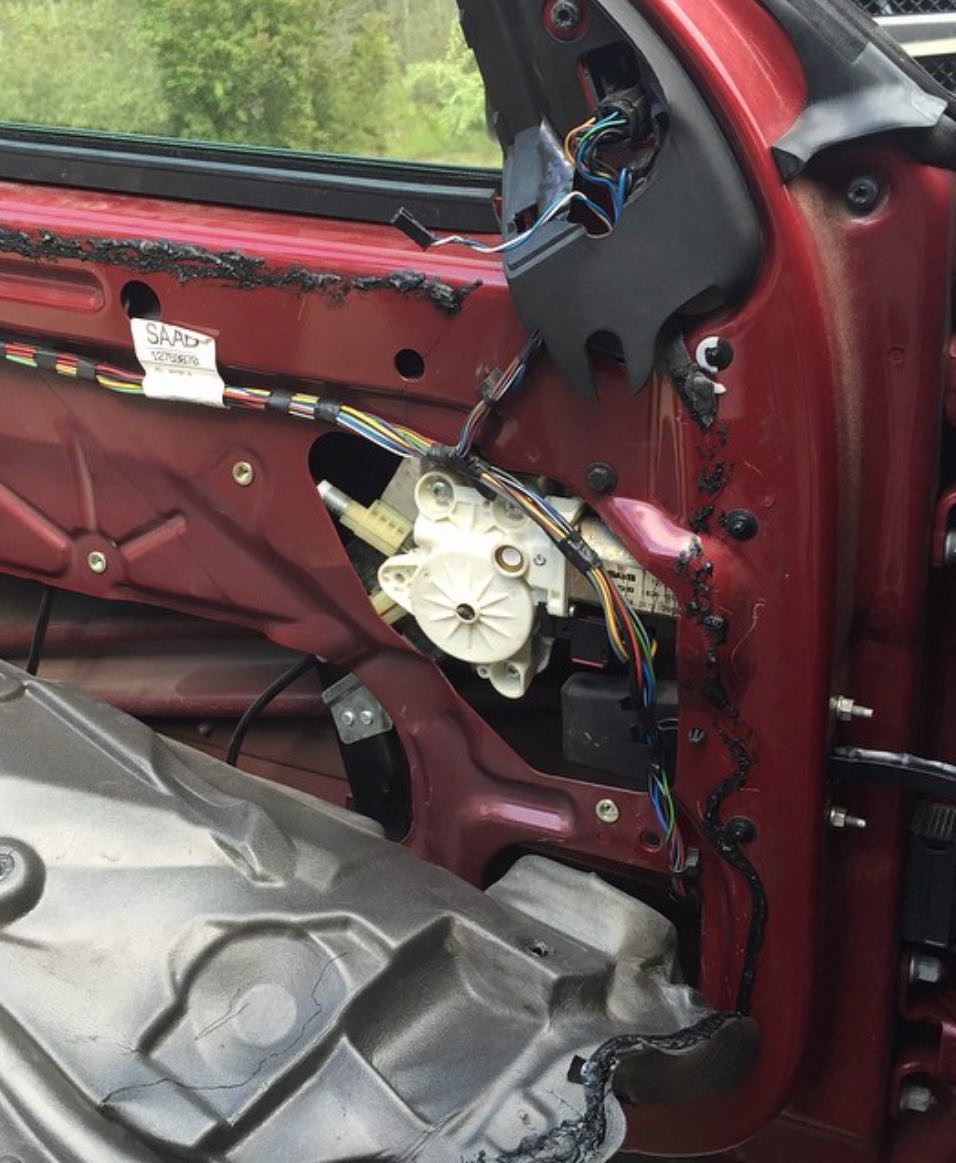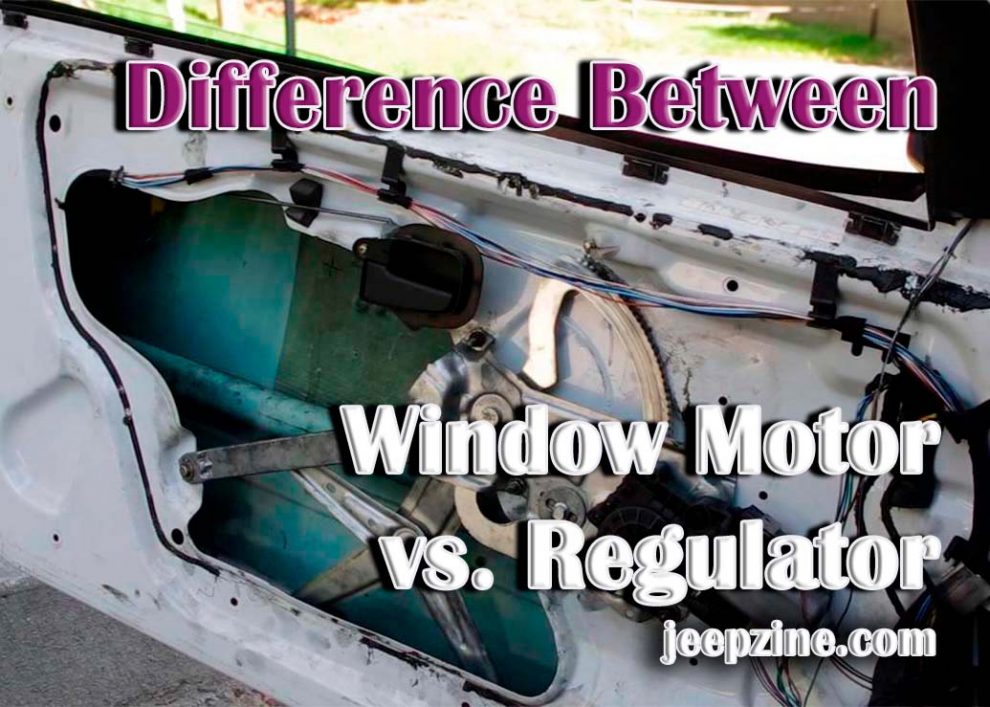Window motors and regulators are two important components of a car window. They work together to allow you to open and close your car windows with ease. While they both help you with your window functions, understanding the difference between a window motor vs regulator can help you identify when one or the other may be malfunctioning. This article will discuss the differences between each component and provide an in-depth look at how they work together to control your car’s windows. We’ll look at their differences in function, origin, installation, maintenance, and cost. By understanding the basics of each component, you can make informed decisions when it comes time to repair or replace one or both parts of the window system.
How Do Window Motor and Regulator Work?

When you activate your car’s power window switch, it sends an electrical signal to the motor. It causes the gears inside the motor to turn, which in turn drives the regulator cable or rods up and down. As they move, they pull on either side of a metal arm attached to each side of your car’s window frame. It moves your windows up or down as needed without any additional effort from you- allowing for smooth operation with ease!
Differences Between Window Motor vs Regulator
The main difference between window motors and regulators is their kind of power source; while motors are powered by electricity, regulators are manual devices usually operated by hand with either cables or rods. Motors are generally placed inside door panels, while regulators may be found anywhere in a vehicle’s interior, such as behind glove boxes or dashboard covers. Installing new motors can also be more challenging than installing new regulators since they require wiring connections, whereas manual devices can simply be plugged in place without any extra wiring involved. Additionally, replacing worn-out parts on motors may need specialized tools, whereas manual systems allow for simpler DIY repairs when certain parts become damaged over time due to prolonged use or exposure to harsh weather conditions outside.
In terms of maintenance, motors need to be checked regularly for any signs of wear or tear, as they are generally more prone to breakdowns due to their electricity use. Regulators may require lubrication from time to time, depending on the type used in the car. Motors also tend to be more expensive than regulators due to the added complexity and cost of the electrical components needed. If you’re experiencing issues with your car’s windows, it’s essential to understand the common causes of window regulator failure to diagnose and address the problem effectively.
Conclusion
Window motors and regulators are two important components of a car window system that work together to control the opening and closing of your windows. While they both serve a similar purpose, understanding the differences between window motor vs regulator can help you identify when one or the other may malfunction. Motors are powered by electricity, while regulators are usually manual devices operated by cables or rods. Installing new motors can also be more challenging than installing new regulators as they require wiring connections, whereas manual devices can simply be plugged in place. Motors generally require more maintenance due to their electricity use and tend to cost more than regulators due to their additional complexity.

